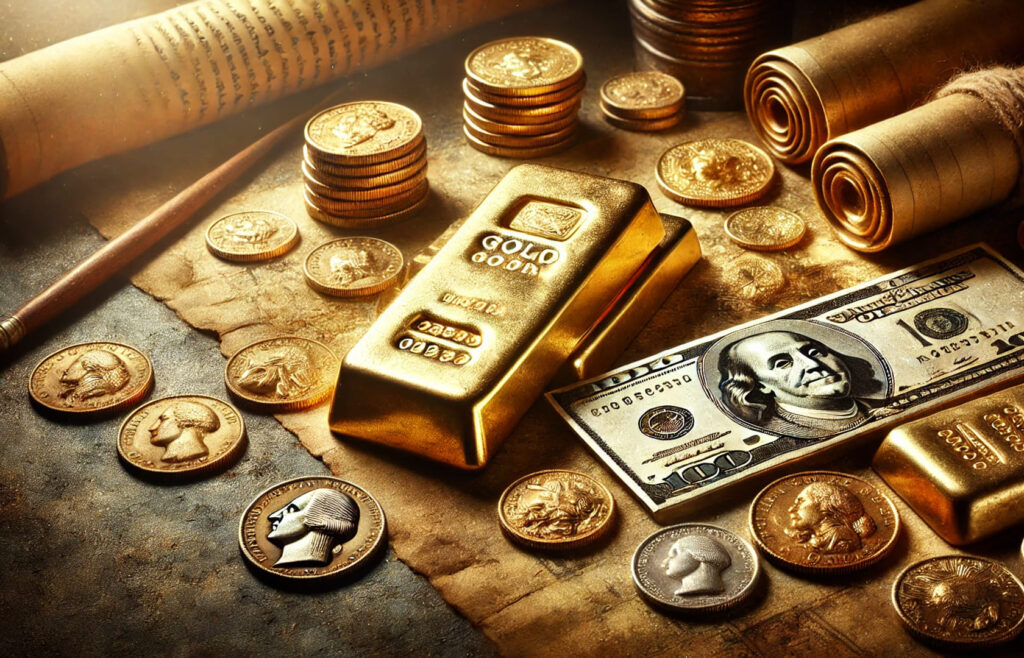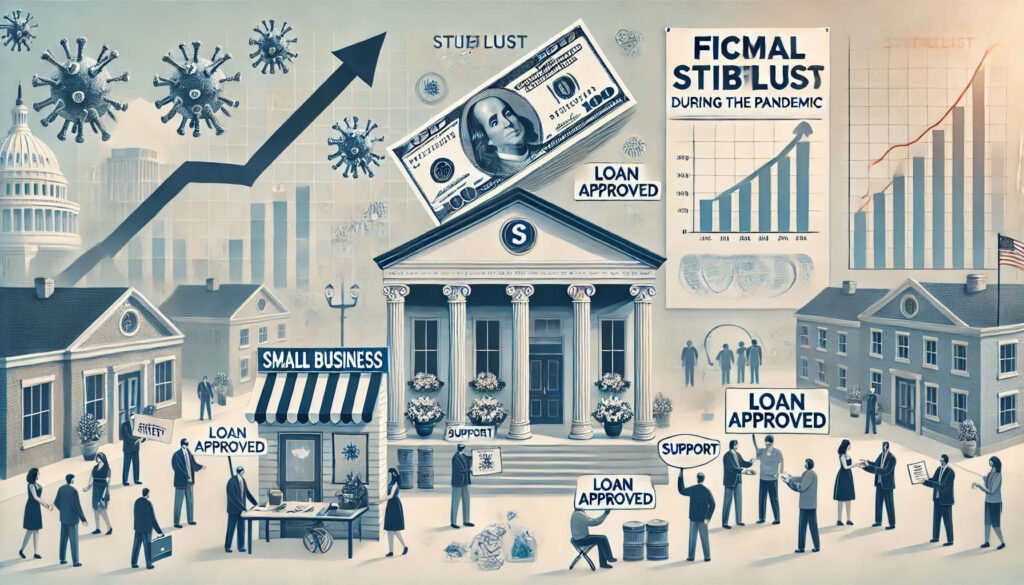
Close

Precious metals like gold, silver, platinum, and palladium diversify your wealth. These assets often move independently of traditional assets like stocks and bonds. By joining At Cost Metals, you can buy precious metals at cost

Owning precious metals like gold and silver provides diversification, inflation protection, and a safe haven during economic uncertainty. These tangible assets offer long-term stability and have held value over centuries. With At Cost Metals, investors can buy at cost, maximizing their savings potential.

Precious metals like gold, silver, platinum, and palladium diversify your wealth. These assets often move independently of traditional assets like stocks and bonds. By joining At Cost Metals, you can buy precious metals at cost

Precious metals have historically provided a hedge against inflation. When the United States came off the Gold Standard the buying power of the Dollar has steadily decreased. Gold & Silver have a time-tested ability to hold their buying power. Silver Eagles have been one of the most popular assets to own. The ability to buy gold and silver at cost increases the value.

During times of economic uncertainty or geopolitical instability, a wise investor moves to precious metals as a safe haven. Look around, we are there now!

Unlike stocks or bonds, precious metals such as coins and bars, are tangible assets that you can physically hold. This can provide long term security and stability, especially during times of financial crisis and economic instability.

Gold and Silver bullion has been used for centuries to store value. Gold, in particular, has maintained its purchasing power for much of human history

Owning precious metals gives you direct ownership and control over your wealth, offering privacy and independence from financial institutions.
At Cost Metals provides a gateway to economic stability through precious metals, offering gold, silver, and platinum at prices that match dealer costs. Our unique membership model allows members to purchase bullion at the same price we pay, with no minimums or limits. Enjoy a wide variety of products, from classic coins to specialty items, with secure storage options in our D.A.P.
In a world of financial uncertainties, At Cost Metals stands as your gateway to economic stability through precious metals. Our range of gold, silver, and platinum bullion coins and bars are sourced from globally renowned mints which provides convenient access to top-quality products.


Our unique at-cost pricing model ensures that you pay what we pay – a game-changer in the world of precious metals. We offer prices beyond dealer direct, including at-cost shipping and vaulting. The icing on the cake is that everyone can enjoy the benefits of fractional pieces of precious metals in any quantity. By combining at cost pricing, at cost shipping and at cost vaulting, we are happy to be the game changing improvement for consumers of precious metals. Why pay more than you need to? Your journey with At Cost Metals isn’t just about ownership; it’s about intelligent financial choices.
We do all this through a Membership model. The benefit is, of course, unlimited purchasing of precious metal bullion at a large selection of bullion. “At cost” means that our members pay the same price we pay as a metals dealer. We offer the same eagles, maple leafs, generic rounds and bars that you can find elsewhere but we sell them at cost. We also have specialty bullion that is closer to normal pricing for the more esoteric collector.


Buy Gold and Silver at cost
Providing a wide Variety of Products
Buy as little or as much as you want – no minimums or limits
Access to the D.A.P. (Digital And Physical) Vault
Global uncertainty is driven by a range of factors affecting economies and societies worldwide. Geopolitical tensions and trade disputes destabilize markets and disrupt global supply chains. Economic volatility, influenced by factors like inflation and recession risks, intensifies financial market unpredictability. Health crises, such as pandemics, create lasting challenges for businesses and consumer confidence. Additionally, social unrest and financial market fluctuations contribute to an environment of ongoing uncertainty.
Conflict or tensions between nations, regions, or political entities can create uncertainty in global markets. Examples include territorial disputes, trade conflicts, and diplomatic tensions
Disputes or changes in trade policies between major trading partners can disrupt global supply chains, affect economic growth, and create uncertainty for businesses and investors. Events such as trade wars, tariffs, and sanctions can have significant global implications.
Uncertainty surrounding global economic conditions, including growth prospects, inflation rates, and central bank policies, can impact financial markets and investor sentiment. Economic events such as recessions, financial crises, and currency fluctuations contribute to uncertainty.
Outbreaks of infectious diseases, such as the COVID-19 pandemic, can have profound effects on public health, economies, and societies worldwide. The spread of diseases, along with responses such as lockdowns and travel restrictions, can create uncertainty for businesses, consumers, and financial markets.
Social unrest, political protests, and movements for social change can create uncertainty within countries and regions, affecting governance, stability, and economic activity. Political transitions, elections, and shifts in government policies also contribute to global uncertainties.
Volatility in financial markets, including fluctuations in stock prices, bond yields, and exchange rates, can reflect and amplify global uncertainties. Events such as market crashes, liquidity crises, and regulatory changes can have widespread effects on investors and economies
Inflation is eroding the purchasing power of your money, meaning that the same amount of money buys fewer goods and services now than it did yesterday. This is impacting your ability to afford everyday expenses, such as groceries, rent, utilities, and transportation, leading to a decrease in your standard of living if incomes do not keep pace with inflation.
As prices rise because of inflation, the cost-of-living increases for you and your family. This can strain budgets, particularly if you are on a fixed incomes or with limited financial resources. Essential items like food, housing, healthcare, and education are becoming more expensive, requiring you to allocate a larger portion of your income to cover these expenses.
Inflation can erode the value of your savings and investment returns over time. The rate of inflation is outpacing the interest earned on savings accounts or investment returns, you are effectively losing purchasing power on your savings. This can impact retirement savings, college funds, and other long-term financial goals.
Inflation influences wage dynamics, with employers adjusting wages in response to changes in the cost of living. However, there may be a lag between inflationary pressures and any wage increase, leading to a temporary squeeze on your household finances.
Central banks are responding to inflationary pressures by raising interest rates to curb spending and investment. Higher interest rates can increase the your cost of borrowing including mortgages, auto loans, and credit card debt.
The COVID-19 pandemic has led to significant global economic challenges, including supply chain disruptions, labor shortages, and increased costs for businesses. Governments’ fiscal stimulus measures, aimed at supporting economies during the crisis, injected large sums of money into the market, potentially contributing to inflation. Additionally, supply chain bottlenecks, such as semiconductor shortages and shipping delays, have driven up prices across various sectors, impacting industries like automotive and electronics. Rising commodity prices, including oil and lumber, have further increased production costs, resulting in higher consumer prices.
The COVID-19 pandemic disrupted global supply chains, leading to supply shortages and increased costs for businesses. These supply chain disruptions, combined with surging demand in certain sectors as economies reopened, contributed to price increases for goods and services.


To support individuals and businesses during the pandemic, governments implemented significant fiscal stimulus measures, including direct payments, enhanced unemployment benefits, and small business loans. While these measures helped cushion the economic impact of the pandemic, they also injected large amounts of money into the economy, potentially fueling inflationary pressures.
Supply chain bottlenecks, including shortages of semiconductors, shipping delays, and labor shortages, have contributed to higher costs and longer lead times for goods. These disruptions have affected various industries, including automotive, electronics, and retail, leading to higher prices for consumers.


Prices for commodities such as oil, lumber, and agricultural products have risen significantly in recent months. Higher commodity prices can translate into increased production costs for businesses, which may pass these costs on to consumers in the form of higher prices for goods and services.

Precious metals like gold, silver, platinum, and palladium diversify your wealth. These assets often move independently of traditional assets like stocks and bonds. By joining At Cost Metals, you can buy precious metals at cost.